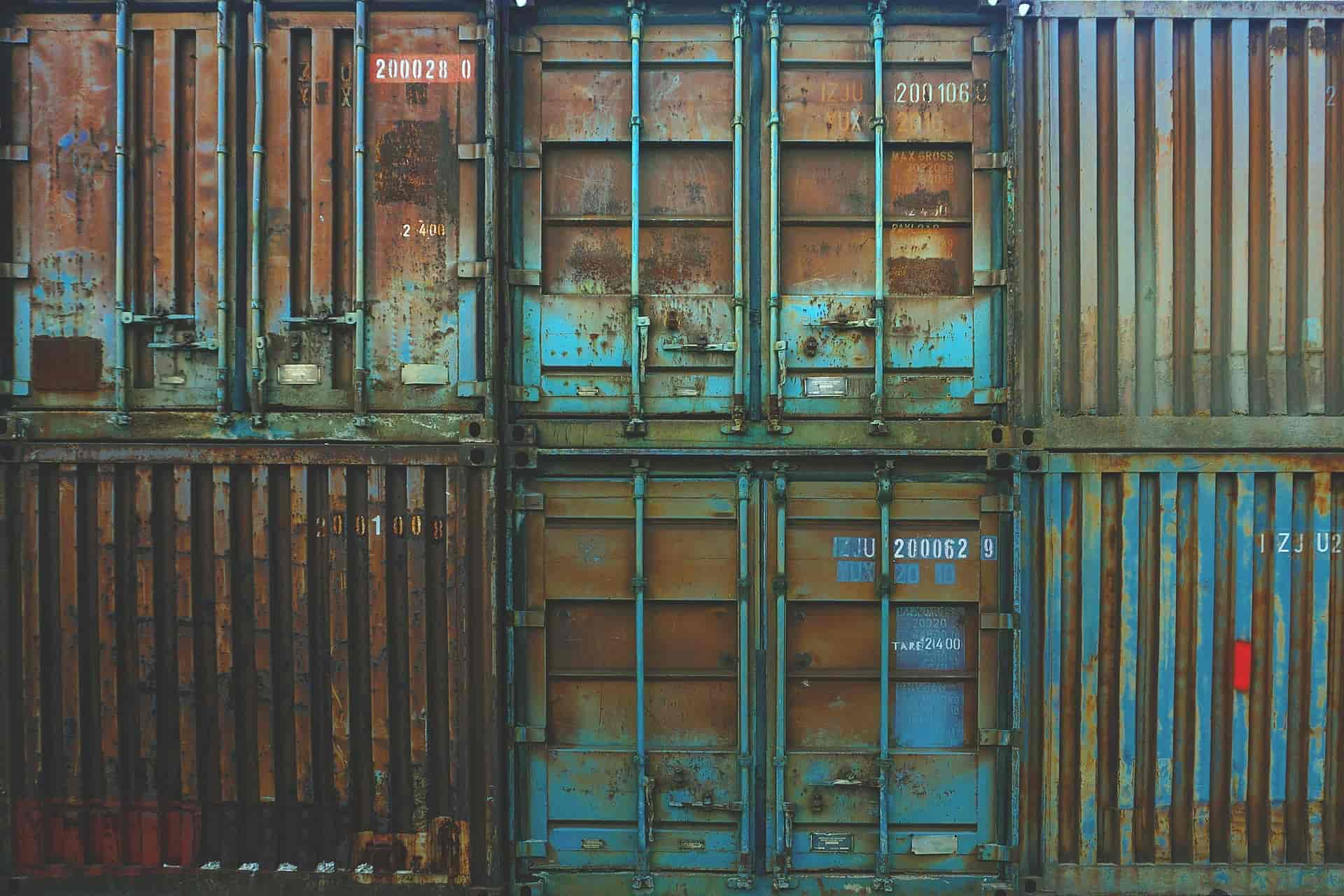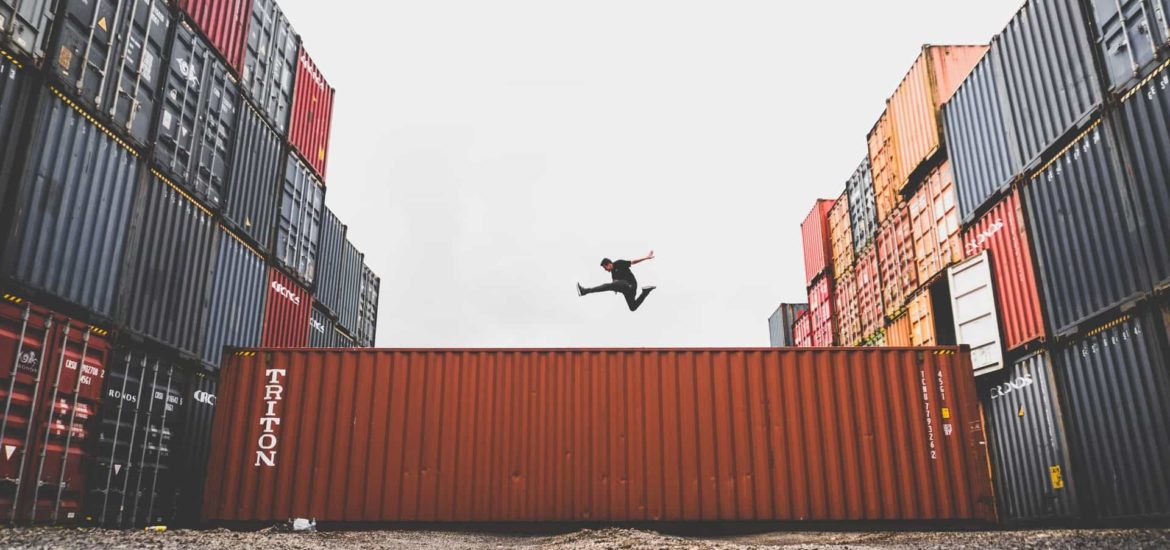Container rain or shipping container condensation in a shipping container can lead to millions of dollars in losses, and have a devastating effect on your business. Learning how to stop container rain in shipping containers can help you reduce cargo damages and improve your bottom line.
What Is Container Rain?
Container rain occurs when the walls of a container become cooler than the dew point of the air found inside the container. Because shipping containers are crafted from metal, internal temperatures can shift significantly due to weather changes and other external factors. When the container cools significantly, the air is no longer able to contain its moisture, as it has reached its dew point.
Read More : How to Improve Your Product Packing, Marking, Labeling for Exports?
Once this occurs, the moisture falls out of vapor into liquid form, which then builds and collects on the walls and roof. This condensation can drip on your cargo and ruin the container’s interior, resulting in significant losses. Moisture damage due to condensation in a shipping container can lead to millions of dollars in losses, and have a devastating effect on your business.
What Happens if You Don’t Stop Condensation in a Shipping Container?
Water damage can devastate a shipment, ruining goods and affecting relationships with clients. The monetary loss a business can incur due to shipment rejection due to container rain is huge.
Learn More : How Freight Forwarder Could Help Your Business?
While a single incidence of this type of loss can be managed, repeated losses over time can devastate a business. The proof is visible, and cases of cargo loss aren’t isolated. Approximately 10% of all containerized goods are discarded due to moisture-related damages. These costs can quickly add up, and significantly impact your business’s profitability.

How Container Rain Affects Your Cargo Shipment?
Container rain is also known as shipping container condensation, which can damage the cargo in the container used for shipping & transport. Shipping container condensation can damage cargo through,
- Packaging Deterioration
- Mold and Mildew
- Rust & Corrosion
- Warping
- Caking of powder found in goods and more
Factors Affecting Condensation Rain
The amount of condensation in a shipping container can vary based on temperature, air space, ventilation, moisture content of the goods you’re shipping, and container usage. Learning how to stop condensation in a container means considering all of the aspects that affect moisture during transport.
Read More : 8 Factors to Consider When Transporting Goods in Business Logistics
External factors also affect the amount of moisture in the container. The frequency at which doors are opened. The frequency at which a container is loaded or unloaded. The Weather conditions during the shipment and time of day.
Do You Know What Is Container Rain in The Shipping and Transport World? Comment them on Trdinoo for others to learn. Please subscribe and share us with your friends and networks.
